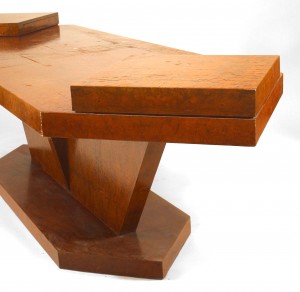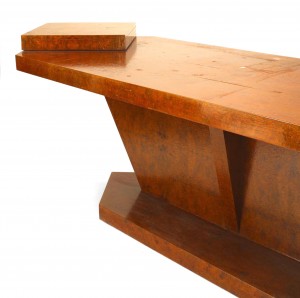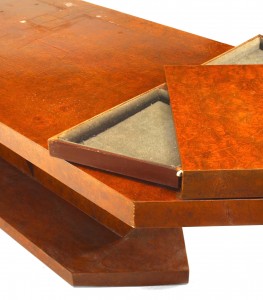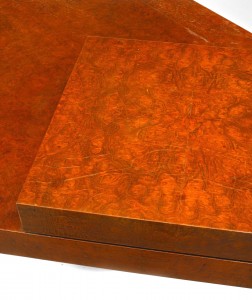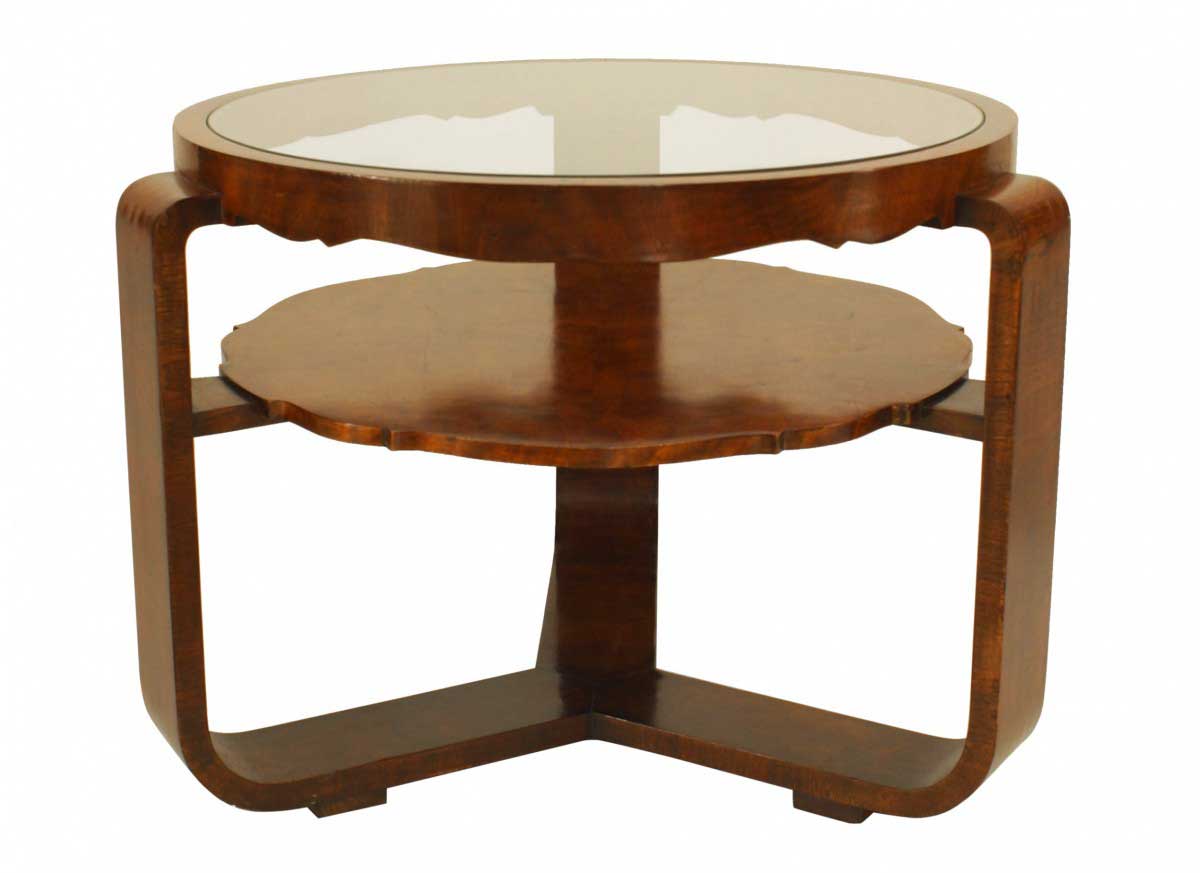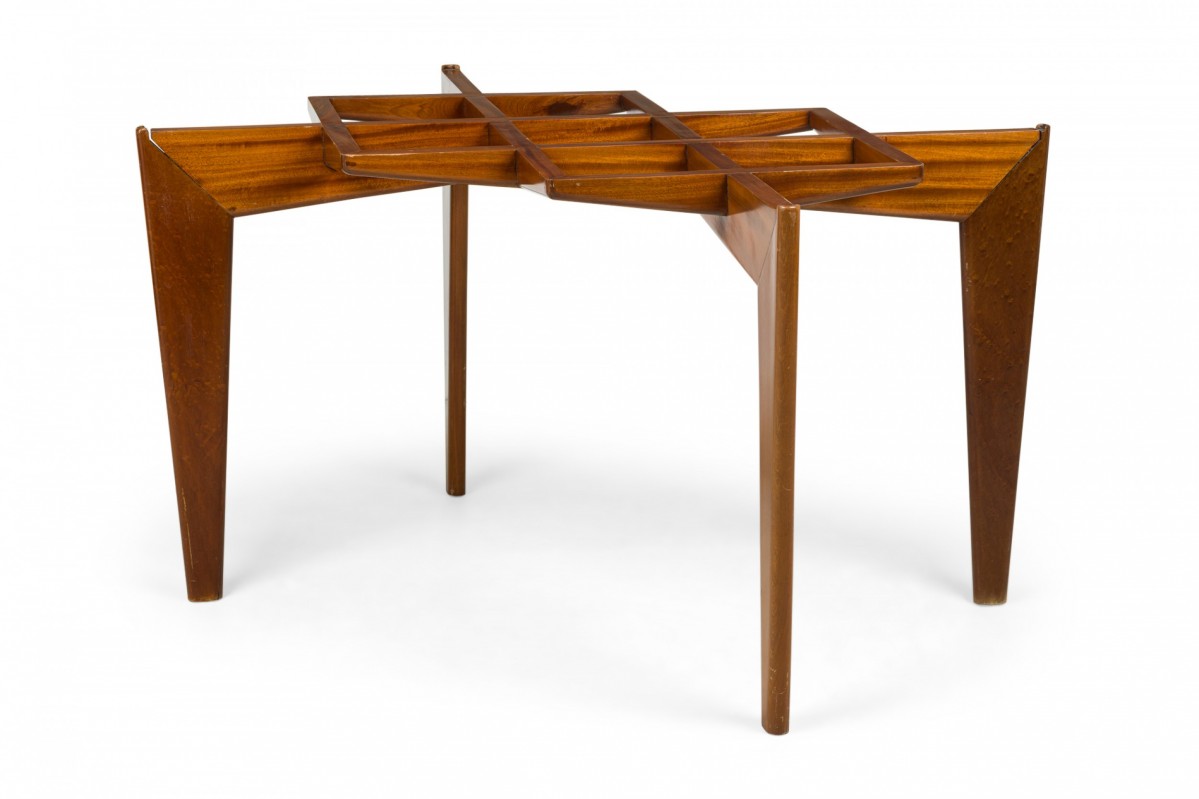X
{{ modalTitle }}
PLEASE FILL IN THE REQUIRED FIELDS.X
X
{{ modalTitle }}
Choose one of the options below.X
ITEM SUCCESSFULLY
ADDED TO PROJECT
Italian Burl Birch Conference Table
 Mid-Century
Mid-Century Italian
Italian Tables, Office/Library, Dining Room
Tables, Office/Library, Dining Room Dining and Conference Tables, Desks/Conference/Library Tables, Tables
Dining and Conference Tables, Desks/Conference/Library Tables, Tables
Newel Warehouse
32-00 Skillman Ave
Long Island City NY - 11101
 (212) 758-1970
(212) 758-1970
Italian Burl Birch Conference Table

Newel Warehouse
32-00 Skillman Ave
Long Island City NY - 11101
 (212) 758-1970
(212) 758-1970
 Tables, Office/Library, Dining Room
Tables, Office/Library, Dining Room Dining and Conference Tables, Desks/Conference/Library Tables, Tables
Dining and Conference Tables, Desks/Conference/Library Tables, Tables
About Carlo De Carli
Carlo De Carli (1910-1999) was an Italian furniture and decorative arts designer, known for his innovative and elegant designs. He was born on December 2, 1910, in Milan, Italy.
De Carli studied architecture at the Politecnico di Milano, where he developed a strong interest in furniture design. He began his career in the 1930s, working with renowned architects such as Giuseppe read more..
Pedestal
A tall, narrow base which supports a statue, lamp, vase or any decorative object. Usually treated with moldings at the top and a base block on the bottom. Without moldings it is called a plinth.
Birch
A popular hardwood for furniture and cabinet making. It is light brown to tan in color, has a close, straight grain, and is known for its strength, as well as its flexibility. It can be laminated into a highly flexible, yet strong, plywood.
Burl
Burl is a type of wood that comes from an irregular growth on a tree. Burl wood is usually cut in a thin veneer form to show its exquisite detail. Burl wood is most common in walnut, elm and yew. Burl wood has been used to decorate furniture for centuries and was highly popular during the Biedermeier period.
Pedestal
A tall, narrow base which supports a statue, lamp, vase or any decorative object. Usually treated with moldings at the top and a base block on the bottom. Without moldings it is called a plinth.
Birch
A popular hardwood for furniture and cabinet making. It is light brown to tan in color, has a close, straight grain, and is known for its strength, as well as its flexibility. It can be laminated into a highly flexible, yet strong, plywood.
Burl
Burl is a type of wood that comes from an irregular growth on a tree. Burl wood is usually cut in a thin veneer form to show its exquisite detail. Burl wood is most common in walnut, elm and yew. Burl wood has been used to decorate furniture for centuries and was highly popular during the Biedermeier period.
Pedestal
A tall, narrow base which supports a statue, lamp, vase or any decorative object. Usually treated with moldings at the top and a base block on the bottom. Without moldings it is called a plinth.
Birch
A popular hardwood for furniture and cabinet making. It is light brown to tan in color, has a close, straight grain, and is known for its strength, as well as its flexibility. It can be laminated into a highly flexible, yet strong, plywood.
Burl
Burl is a type of wood that comes from an irregular growth on a tree. Burl wood is usually cut in a thin veneer form to show its exquisite detail. Burl wood is most common in walnut, elm and yew. Burl wood has been used to decorate furniture for centuries and was highly popular during the Biedermeier period.




